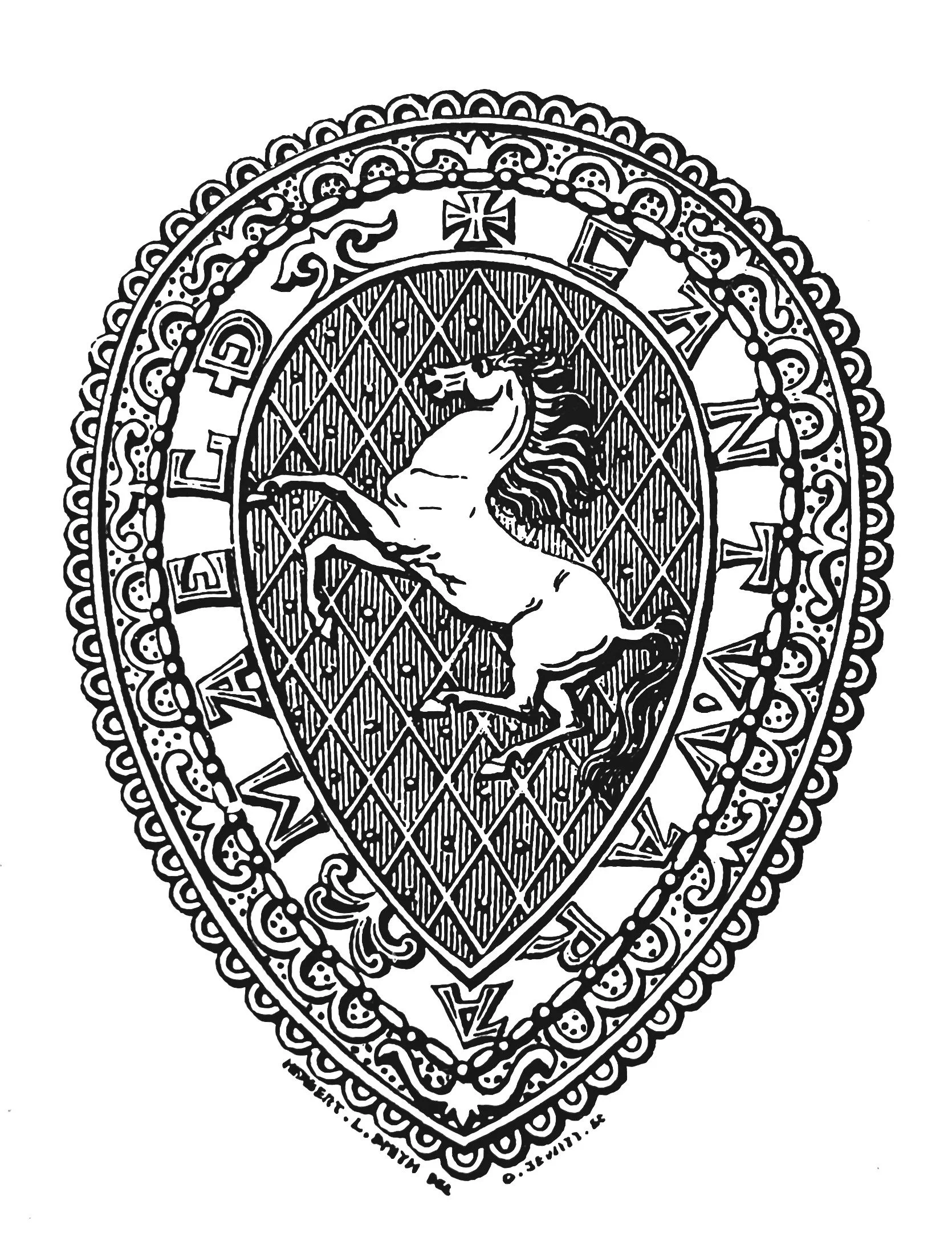
KAS Newsletter, Issue 21, Spring 1992
Amateur archaeologists' value, Kent's historical sites, parish pumps, society events, and community appeals.
Contributions to the next issue are welcome. See the guidance for contributors and contact Editor Craig Campbell.
Search page
Search within this page here, search the collection page or search the website.
Previous
Previous
Mr A. C. Harrison, BA FSA. Hon General Secretary, KAS
Next
Next

